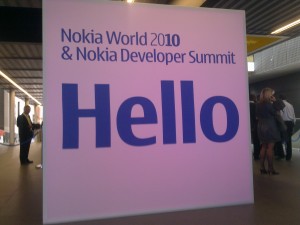 Yesterday was a really fun day spent at Nokia World, the Finnish handset maker’s annual shindig. Conveniently, this year it was held in my home city of London and I got to cover the event for TechCrunch Europe.
Yesterday was a really fun day spent at Nokia World, the Finnish handset maker’s annual shindig. Conveniently, this year it was held in my home city of London and I got to cover the event for TechCrunch Europe.
On day one, Nokia unveiled three new smartphones running Symbian^3, the C6, C7 and E7, which I later had a brief hands-on with, along with the previously announced N8. I came away quietly impressed with subtle but extremely necessary improvements to the UI of Symbian, which also seemed snappier and in touch form really benefits from Nokia’s decision to (universally) switch to capacitive touch screens. The build quality on all four devices seems rock solid too, and the newly introduced ClearBlack screen technology “for improved outdoor visibility” and contrast levels was quite impressive too. That said, Nokia is still crying out for wider developer support to bring better and more third-party apps, but that’s also what events like Nokia World are for.
Oh, and the other personal highlight of Nokia World was definitely meeting Chris Ziegler and Thomas Ricker from Engadget, and being recognized by the awesome Leila Makki of TelecomTV, along with a few other folks from Twitter.
Read my full coverage over at TechCrunch…
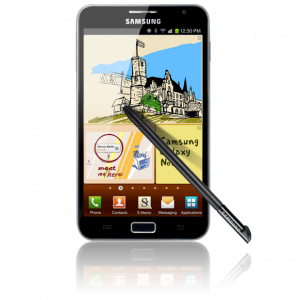 I’m not entirely sure who the Samsung Galaxy Note is aimed at, but as somebody who gets to observe from the sidelines, this is one fun, functional and loveable device — although it comes at an out of contract price of around £450-500 upwards, give or take.
I’m not entirely sure who the Samsung Galaxy Note is aimed at, but as somebody who gets to observe from the sidelines, this is one fun, functional and loveable device — although it comes at an out of contract price of around £450-500 upwards, give or take. Nokia World, London – Having jumped off of a burning platform and into Redmond’s arms – a story that I (partially) broke on TechCrunch
Nokia World, London – Having jumped off of a burning platform and into Redmond’s arms – a story that I (partially) broke on TechCrunch  On paper at least,
On paper at least,  Introducing
Introducing 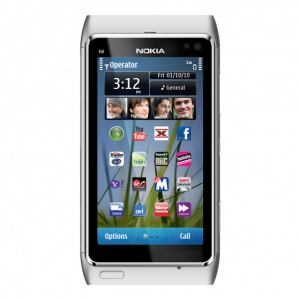 Announced
Announced  Yesterday was a really fun day spent at Nokia World, the Finnish handset maker’s annual shindig. Conveniently, this year it was held in my home city of London and I got to
Yesterday was a really fun day spent at Nokia World, the Finnish handset maker’s annual shindig. Conveniently, this year it was held in my home city of London and I got to 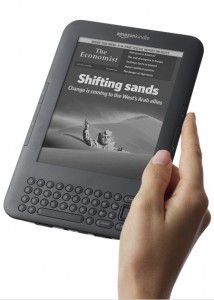 Over at
Over at 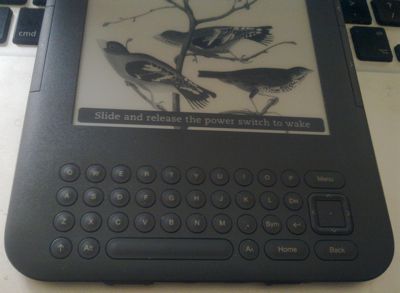 This morning I took (early) delivery of Amazon’s new
This morning I took (early) delivery of Amazon’s new 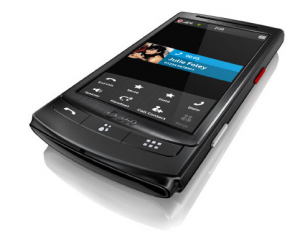 The hardware business is a tough one. And in the smartphone space an incredibly crowded, expensive and competitive one.
The hardware business is a tough one. And in the smartphone space an incredibly crowded, expensive and competitive one.